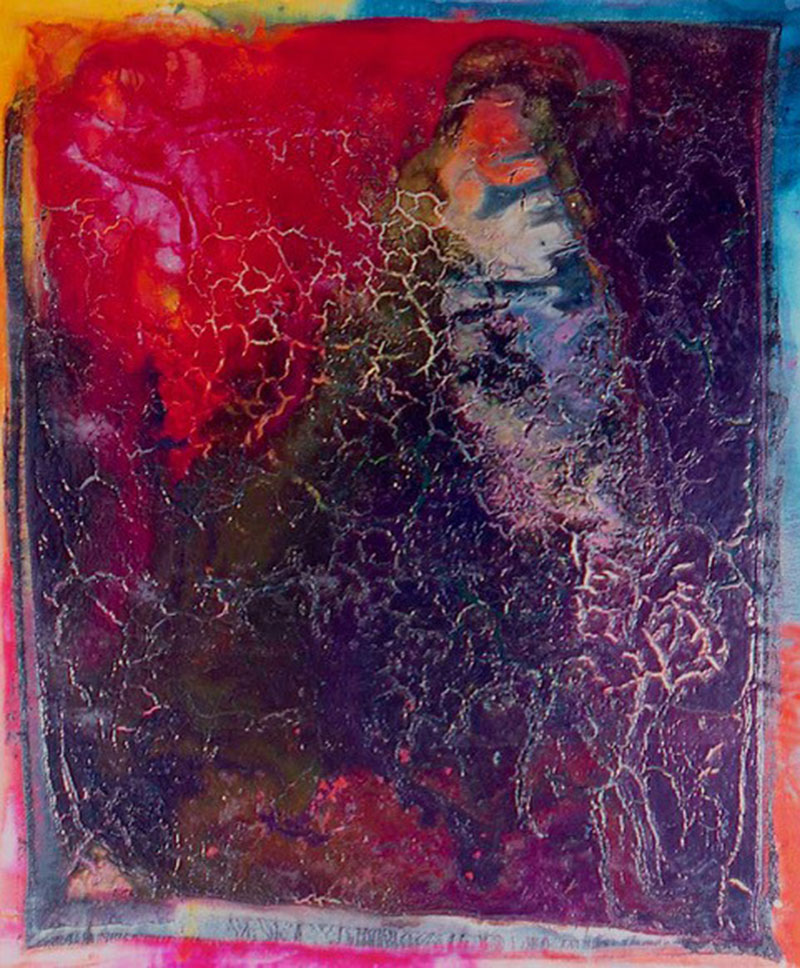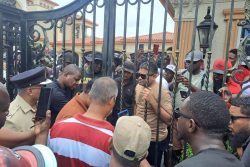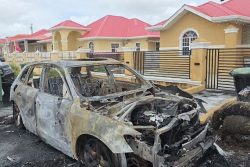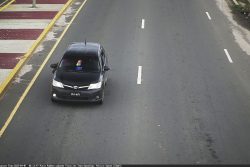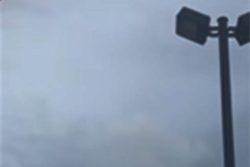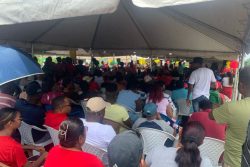 Writing this weekly column came about as a means to satisfy an itch to write about art in a less rigid and demanding way than academia requires. The reality is that most people interested in art, even with some high school experience or undergraduate courses, will not read the articles written about art in an academic journal. Let’s face facts, they can be a bit off-putting. I recall when pursuing my own postgraduate course in art history, a colleague and I were drunk on words, and I kid you not, with nothing else but the words on paper we were reading and those we were writing, we could not escape the hilarity of words like ‘index’ and ‘indexicality,’ ‘sign’ and ‘signified’ when talking about photography. We had a useful respite, laughing at the words, and how some art historians use words in a most incomprehensible way. Years later, I admit we both still have the occasional laugh about our discipline and its language.
Writing this weekly column came about as a means to satisfy an itch to write about art in a less rigid and demanding way than academia requires. The reality is that most people interested in art, even with some high school experience or undergraduate courses, will not read the articles written about art in an academic journal. Let’s face facts, they can be a bit off-putting. I recall when pursuing my own postgraduate course in art history, a colleague and I were drunk on words, and I kid you not, with nothing else but the words on paper we were reading and those we were writing, we could not escape the hilarity of words like ‘index’ and ‘indexicality,’ ‘sign’ and ‘signified’ when talking about photography. We had a useful respite, laughing at the words, and how some art historians use words in a most incomprehensible way. Years later, I admit we both still have the occasional laugh about our discipline and its language.
Laugh as we may, my friend and I recognise the seriousness of what we do. Whereas John Public may look for likeness and expert demonstration of skill and technique, we are looking for the hidden meanings and how the work does and doesn’t connect within a larger social frame. Guyana needs more art historians. We number one. In a nutshell, art historians not only record the history of an artist (their biography), but they research the ideas subtly and overtly present artists’ work and relate them as may be required to the political climate and social milieu of the artist. They not only look at the image but they read about the historical times out of which the work emerged. They also read what has been written about the work or the artist. The aim is always for originality of thought, otherwise what is the point? Don’t be fooled. There is fun to be had. Whenever I undertake a new research project I feel like an intrepid investigator looking for the clues and deciphering them, so I may excavate the truth. I am Columbo. As I write, I feel like a lawyer in court arguing a case and presenting the evidence. I am Matlock.
In actuality, Guyana needs more visual art professionals. Period. Yes, we have artists and art teachers but there is scope for so much more. On the infrequent occasions when I watch a broadcast of the news, there is always a report of a dastardly crime. The details shock my country-living mental tranquility like the dissonance of cows mooing. Drive-by executions. Hooded and masked perpetrators. Daring gold heists. And with the offshore developments, who does not have fear about some kinds of onshore developments to come? So forensic artists are needed. A kind of artist investigator and a kind of magician! One who uses listening to translate words heard into images on paper. One who uses scientific knowledge of human anatomy, coupled with the empathetic listening of a psychologist, paired with the drawing skills of an artist to help solve crimes, more specifically, identify perpetrators.
Was it 2020 or 2021 that I first heard talk of forensic art training in Guyana? Whichever year it was, such training would be a viable option for someone inclined to develop art skills but pressured to study a ‘real’ subject so they could get a ‘real’ job. I am sure we all can imagine how it goes. Something to the effect of: “You wan study art? Dey ain’t no future in dat! Yuh bettah tink about a real job.” Thankfully, I had the reverse experience, and from my scientist Mom, no less. However, I have heard the accounts often enough of talented students who are forced to study subjects they are not passionate about because it is respectable. Again, while pursuing my postgraduate course in art history, I recall my filmmaker colleague with whom I organised a film festival telling me he feared his parents’ visit. They were travelling in from India. Why was he fearful? They thought him an embarrassment. Apparently, while they were footing the bill for his UK education, they were not happy with his choice of studies. Why? Because, instead of pursuing a ‘good’ and ‘respectable’ career in engineering or medicine, he was pursuing film!
Without the arts perhaps only religion and spirituality will feed the soul. Sad, because that simply is not fun! Lest I digress, that brings me to another option: painting backdrops for sets for movies and theatrical productions. Imagine how pleasantly surprised I was to find out that the scenery in the movie The Sound of Music when Governess Maria and the von Trapp children were boating was actually painted. So too were the Manhattan apartments seen through the windows of the Jefferson’s living room, in the series “The Jeffersons”. I was even more pleasantly surprised to find out such painted backdrops continue to be used in film today. Old now vintage ones and new ones. So there is a future there also. Guyana has a fledgling film industry and we have two theatres.
So, while the former – forensic art – requires individuals who are knowledgeable about human anatomy with drawing skills that can transcribe visually the words of a witness, the other – set painting – requires skill and at times imagination.
My intention in writing this particular essay was to present three pathways in art that are as necessary to Guyana and its development as many STEM career pathways. Think about it, after a long day of working, putting world-class education to good use, and enjoying good health, we each want places to go on our good roads to relax or nourish our souls through creativity. Therefore, the powers that be need to also invest in art and the arts and careers that add value, so that those who wish to can feed their souls locally.
Akima McPherson is a multimedia artist, art historian, and educator
